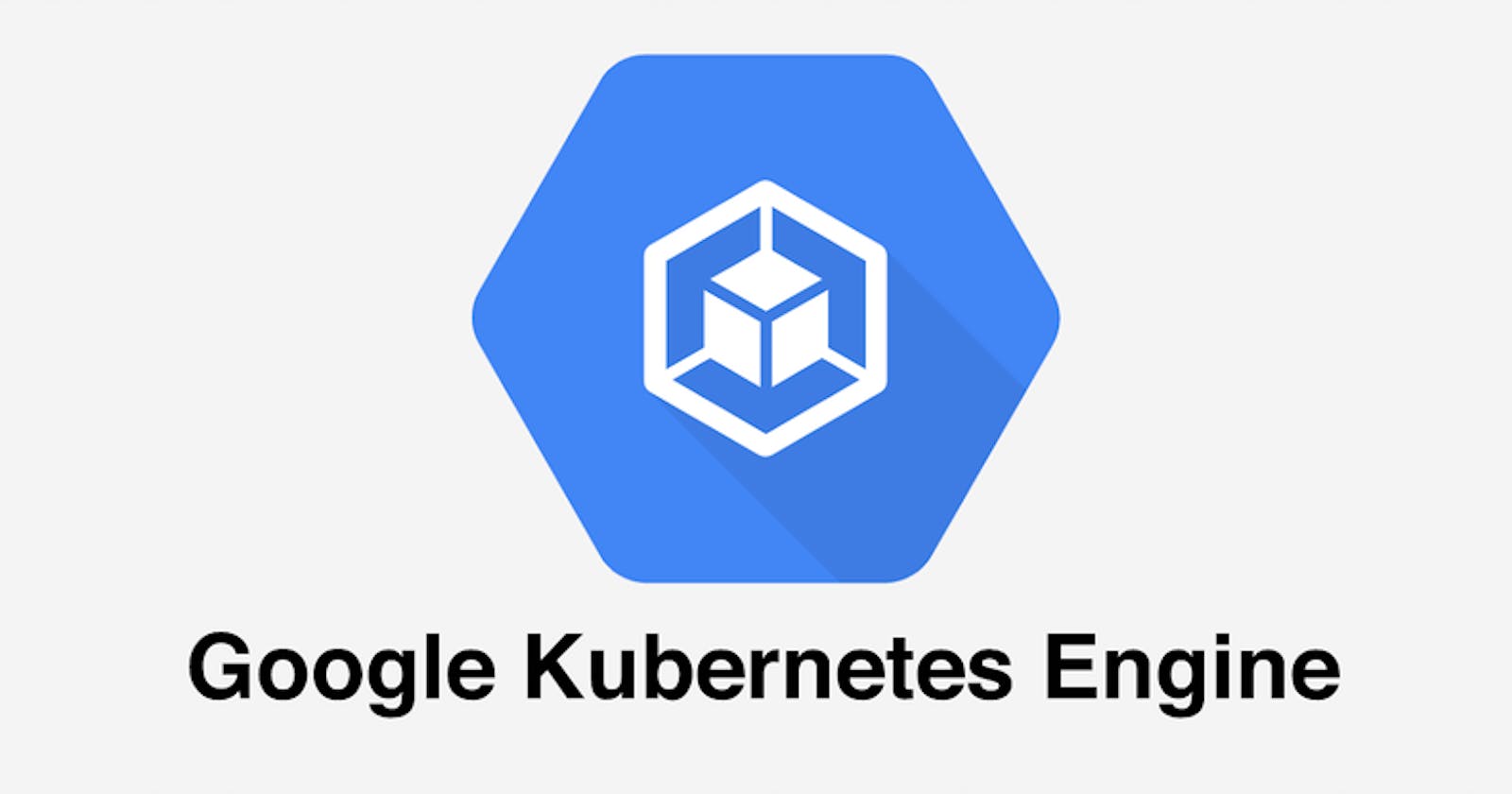Introduction
In our last article, we explored the fundamentals of Kubernetes for container orchestration. Understanding Kubernetes is one thing, but setting up and running your own production Kubernetes cluster introduces a whole new level of complexity. Here's where Google Kubernetes Engine (GKE) comes to the rescue.
GKE is a google-hosted managed Kubernetes service providing a streamlined way to unleash container orchestration within the Google Cloud Platform (GCP). It handles much of the underlying infrastructure for you, such as setting up the control plane and worker nodes.
The GKE environment consists of multiple machines, specifically compute engine instances, grouped together to form a cluster. You can create a Kubernetes cluster with Kubernetes engine by using a Google Cloud Console or the gcloud command that's provided by the Cloud Software Development Kit.
Running a GKE cluster comes with the benefit of advanced cluster management features that Google Cloud provides. These include:
Google Cloud's load balancing for compute engine instances,
Node pools to designate subsets of nodes within a cluster for additional flexibility,
Automatic scaling of your cluster's node instance count,
Automatic upgrades for your cluster's node software,
Node auto-repair to maintain node health and availability, and
Logging and monitoring with Google Cloud's operation suite for visibility into your cluster.
Now, let's dive deeper.
Choosing Your GKE Mode: Autopilot vs. Standard
Selecting the right GKE mode for your project is important. Let's walk through both Autopilot and Standard, focusing on how they empower (or limit) your control over the cluster.
GKE Autopilot
This option gives users Simplified Management. Google handles most cluster operations, including node provisioning, scaling, and updates. In exchange for convenience, you have less direct control over your cluster's configuration. Some choices regarding nodes, networking, and other fine-grained Kubernetes behaviors are made on your behalf by Google.
This is ideal for teams focused on deploying applications quickly without a deep desire to tinker with every aspect of Kubernetes, or those with limited Kubernetes expertise.
GKE Standard
Standard mode provides the traditional Kubernetes experience. You manage your cluster's nodes, their configuration (machine types, OS), and fine-grained network customization.
This option assigns the user more responsibility. You'll need to configure autoscaling, handle security updates, and oversee most infrastructure-related operations within your cluster. This is ideal for teams experienced with Kubernetes needing control over the smallest details. It's also suitable for complex applications requiring very specific Kubernetes setups.
Is speed and simplicity your top priority, or do you require flexibility instead. Understanding this need will steer you towards the GKE mode that best suits your applications.
| Feature | GKE Autopilot | GKE Standard |
| Node Management | Google manages nodes (type, size, number) for workload need | Full control over node configuration (types, OS versions, custom setups) |
| Scaling | Automatic node scaling based on workload patterns | Node autoscaling requires user configuration |
| Configuration | Limited Kubernetes object (pod, service) configuration | Deep customization of the Kubernetes control plane & objects |
| Networking | Preconfigured defaults optimized for most use cases | Flexibility for complex network setups, custom DNS, advanced topologies |
| Security | Managed security defaults, automatic OS and cluster updates | Control over security settings, potential need for security hardening on user's end |
| Pricing | Pay only for pod resources | Pay for both pod resources AND underlying node infrastructure costs |
Key GKE Features
Autoscaling: Dynamic Right-Sizing for Efficiency
GKE automates resource scaling for your applications, ensuring performance and cost-effectiveness. It achieves this through:
Horizontal Pod Autoscaling (HPA): Automatically adjusts the number of pods based on metrics like CPU usage. More pods = handling more traffic, fewer pods = reducing costs when idle.
Cluster Autoscaler: Dynamically adds or removes nodes (cluster machines) based on pod resource requirements, ensuring your application always has the capacity it needs while optimizing infrastructure use.
Node Pools: Tailoring Your Compute Resources
Node pools let you organize nodes with similar characteristics for fine-grained workload management. This allows for:
Specialized Hardware: Create pools with specific machine types (CPU-optimized, GPU-equipped, etc.) to match the unique needs of different workloads within your application.
Operating System Choice: Run different operating systems (Linux variants or Windows) depending on application requirements.
Taint and Tolerations: Control where pods are scheduled for isolation, security, or dedicated resource allocation.
Managed Upgrades
GKE simplifies keeping your Kubernetes clusters up-to-date. It handles updates for the control plane and nodes, easing the operational burden and ensuring you benefit from the latest features and security patches.
Advanced use cases
GKE's depth and flexibility offer a world of possibilities for more advanced use cases:
Complex Networking: Fine-tune load balancing, configure internal network topologies, and implement robust ingress rules for complex applications.
Robust Security: Harden your clusters with pod security policies, network policies, encryption features, and integration with Cloud IAM.
Cost Optimization: Strategically use various node types, spot VMs, and other techniques to right-size your infrastructure and minimize costs.
Hybrid & Multi-Cloud with Anthos: Extend GKE's management capabilities to on-premises environments or even other cloud providers, creating unified infrastructure management.
Now that you've seen the power that GKE offers, it's time to get your own cluster up and running! In the next article, you'd get a step-by-step guide through the process.
